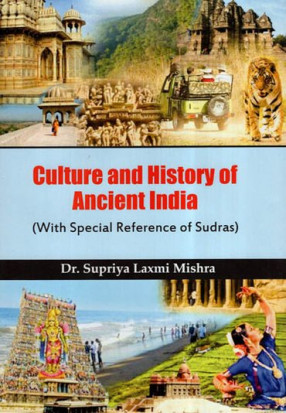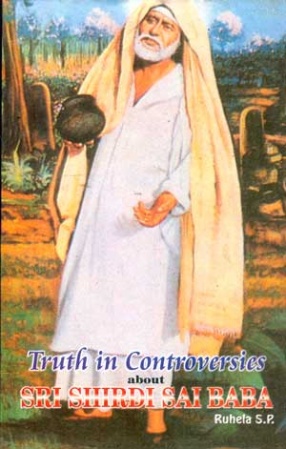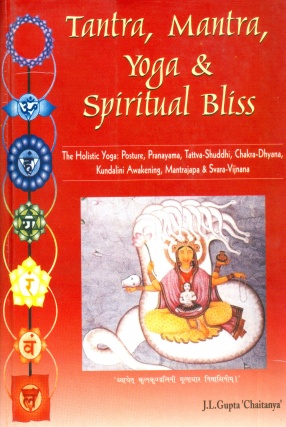Culture And History Of Ancient India (With Special Reference Of Sudras)
The Aryan influence, some scholars claim, gave rise to what is known as the Vedic Period in India (c. 1700 -150 BCE) characterized by a pastoral lifestyle and adherence to the religious texts known as The Vedas. Society became divided into four classes (the Varnas) popularly known as 'the caste system' which were comprised of the Brahmana at the top (priests and scholars), the Kshatriya next (the warriors), the Vaishya (farmers and merchants), and the Shudra (labourers). The lowest caste was the Dalits, the untouchables, who handled meat and waste, though there is some debate over whether this class existed in antiquity. At first, it seems this caste system was merely a reflection of one's occupation but, in time, it became more rigidly interpreted to be determined by one's birth and one was not allowed to change castes nor to marry into a caste other than one's own. This understanding was a reflection of the belief in an eternal order to human life dictated by a supreme deity.
Get it now and save 10%
BECOME A MEMBER







Bibliographic information